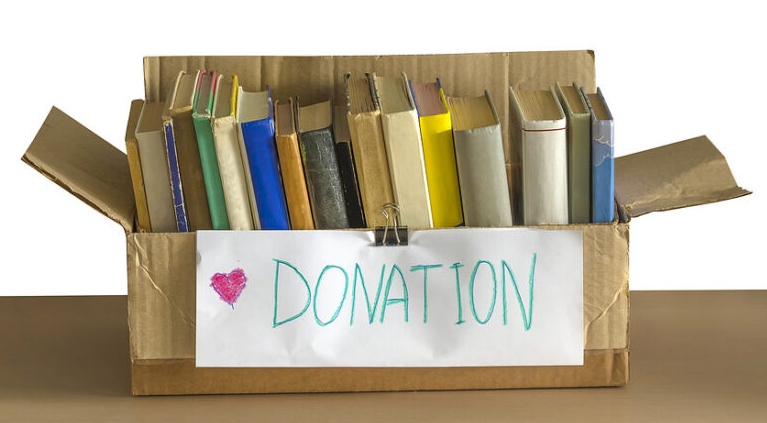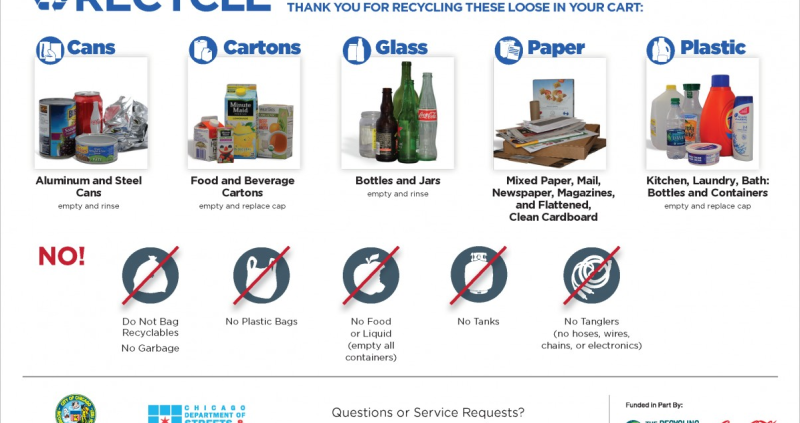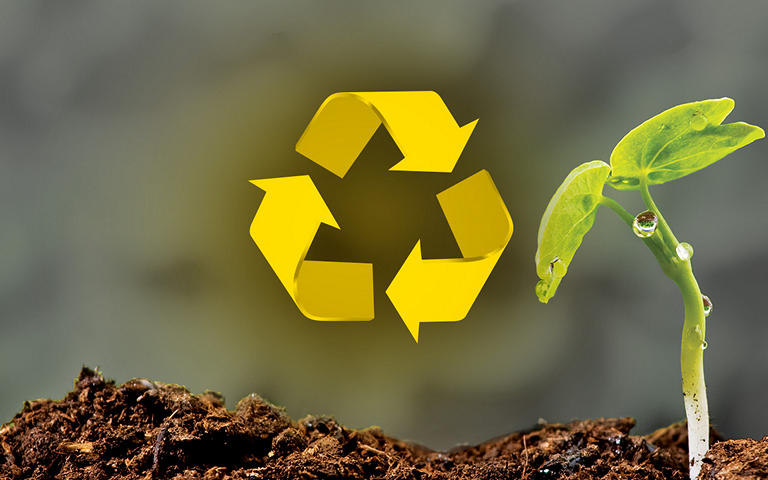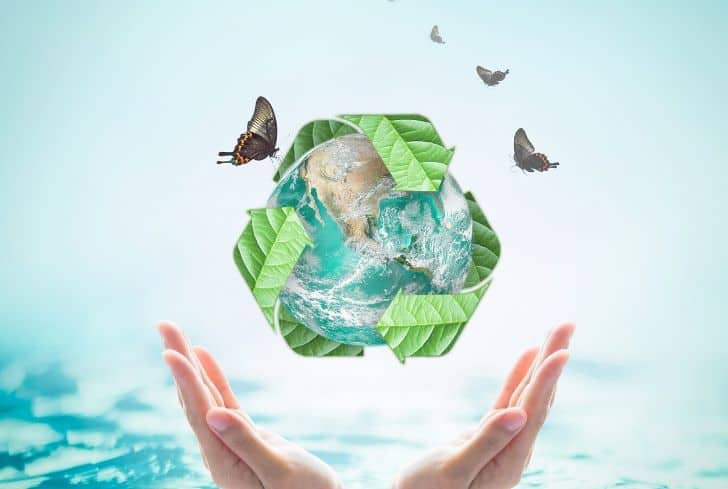How Paper, Metal, Wood, Glass and Plastics Are Recycled
Recycling is an essential process that helps minimize waste and conserve resources. It plays a crucial role in sustainable development by reducing the demand for raw materials and energy consumption.
Paper recycling is a well-established process that starts with the collection and sorting of used paper products. The collected paper is then transported to recycling facilities where it undergoes several steps. First, it is sorted by grade and type. Then, the paper is mixed with water to create a pulp, which is cleaned and screened to remove impurities such as ink and staples. The pulp is then de-inked using various methods, and any remaining contaminants are removed. The clean pulp is then pressed and dried, forming new paper products, such as newspapers, cardboard, and office paper.
Metal recycling is another important process that helps conserve natural resources and reduce greenhouse gas emissions. Metals, such as aluminum, steel, and copper, can be infinitely recycled without losing their properties. The recycling process involves collecting metal scraps from various sources, including cans, appliances, and vehicles. The collected metal is sorted, cleaned, and shredded into small pieces. These pieces are then melted in a furnace to remove impurities and shape them into new metal products.
Wood recycling is primarily focused on recovering wood waste generated from construction sites, demolition projects, and manufacturing processes. The collected wood waste is sorted and processed based on its quality and usability. Some wood waste is chipped and used as fuel or mulch, while higher-quality wood is processed into products such as particleboard, engineered wood, or used for biomass energy generation.
The glass recycling process begins with the collection of used glass bottles, jars, and other glass products. The collected glass is sorted by color and then cleaned to remove any contaminants. The cleaned glass is crushed into small pieces called cullet, which is melted in a furnace. The molten glass can then be molded into new glass products, such as bottles, jars, and fiberglass.
Plastic recycling is a complex process due to the diverse range of plastic materials available. The recycling process typically involves collecting plastic waste, sorting it by type, and then processing it through various methods. The plastics are shredded or melted to form pellets or flakes, which can be used as raw materials for manufacturing new plastic products. However, not all plastics are easily recyclable, and some types, such as single-use plastics and mixed plastics, present more significant challenges in the recycling process.
Recycling paper, metal, wood, glass, and plastics is essential for conserving our local resources, reducing waste, and mitigating environmental impacts. Each material has its specific recycling process, but they all follow similar principles of collection, sorting, cleaning, and transforming the waste into new products. By actively participating in recycling initiatives and supporting the use of recycled materials, we can contribute to a more sustainable and environmentally friendly future.
Recycling endeavours by the city of Chicago
Recycling is a vital aspect of waste management and sustainable development, and the city of Chicago is focused on this. With 2.7 million residents, the city has implemented comprehensive recycling programs to reduce landfill waste and promote a greener more sustainable environment.
One of the cornerstones of Chicago’s recycling efforts is its blue cart recycling program. Under this program, residents are provided with blue recycling carts to separate recyclable materials from their regular household waste. The city tries to educate residents about what can and cannot be recycled, ensuring that the recycling process is efficient and effective.
To further enhance recycling accessibility, Chicago has also established recycling drop-off centers throughout the city. The centers let residents bring their recyclable materials, including electronics, textiles, and household hazardous waste, directly to designated locations for proper disposal and recycling. This initiative aims to prevent these items from ending up in landfills and encourages responsible recycling practices.
In addition to residential recycling, Chicago has implemented recycling programs in public spaces, including parks, schools, and government buildings. Recycling bins are placed in these areas to make it more convenient for residents and businesses to dispose of their recyclables properly. The city has also partnered with local businesses and organizations to promote recycling and provide recycling opportunities in commercial and public spaces.
To ensure the success of its recycling programs, Chicago has invested in state-of-the-art recycling facilities. These facilities employ advanced sorting and processing technologies to efficiently separate different types of recyclable materials. Through automated systems and manual sorting, the facilities are able to recover a significant amount of recyclables, which are then transformed into new products.
Chicago has also implemented initiatives to reduce waste generation and promote waste diversion. The city encourages composting through its food scrap and yard waste programs, which allow residents to separate organic waste for composting instead of sending it to landfills. This initiative not only reduces waste but also produces nutrient-rich compost that can be used in gardening and landscaping.
Moreover, Chicago has embraced innovative approaches to recycling, including pilot programs for hard-to-recycle materials. For instance, the city has launched recycling initiatives for items like Styrofoam, which are typically challenging to recycle. Through these pilot programs, Chicago aims to explore new recycling methods and expand its recycling capabilities for a wider range of materials.
Chicago’s recycling endeavors have yielded significant results. The city has consistently increased its recycling rates over the years, diverting a considerable amount of waste from landfills. Through education, infrastructure improvements, and community engagement, Chicago continues to make progress in its recycling initiatives, working towards a more sustainable and environmentally friendly future.
Chicago has demonstrated its commitment to recycling and sustainability through various initiatives. From comprehensive residential recycling programs to the establishment of drop-off centers and partnerships with local businesses, the city has made recycling accessible and convenient for its residents. By investing in advanced recycling facilities and embracing innovative approaches, Chicago has significantly reduced waste generation and promoted recycling across different sectors. Through these efforts, the city is making significant strides towards a greener, more environmentally conscious future.
How renting a dumpster can help with recycling in Chicago
Renting a dumpster can be a valuable tool for promoting recycling and responsible waste management. Dumpsters can play a significant role in facilitating recycling efforts. Here are a few ways in which renting a dumpster can help with recycling:
Convenient Collection: Renting a dumpster provides a central and convenient location for collecting recyclable materials. Whether you are undertaking a home renovation project, organizing a community event, or managing a commercial establishment, having a designated dumpster allows you to gather and store recyclables in a single, easily accessible place. This encourages individuals to separate and properly dispose of recyclable items instead of intermingling them with general waste.
Sorting and Segregation: Some dumpster rental services offer options for sorting and segregating different types of waste. Some dumpsters have separate compartments for recyclables such as paper, plastic, glass, or metal. This feature streamlines the recycling process by eliminating the need for additional containers or sorting activities. It ensures that recyclable materials remain separate and uncontaminated, making it easier for recycling facilities to process and recycle them efficiently.
Efficient Waste Management: By renting a dumpster, you can effectively manage the waste generated during a project or event. This includes not only recyclable materials but also non-recyclable waste. A properly managed waste disposal system helps prevent littering and encourages responsible waste disposal practices. It ensures that recyclables are collected and transported to recycling facilities, maximizing the chances of their successful recycling.
Volume and Capacity: Renting a dumpster provides the advantage of accommodating large quantities of recyclable materials. Whether you are dealing with construction debris, office paper waste, or excess packaging materials, a dumpster offers the capacity to handle substantial volumes. This is particularly beneficial for businesses or organizations that generate significant amounts of recyclables on a regular basis. The larger size of dumpsters allows for efficient collection and transport of recyclables, minimizing the need for multiple trips or excessive use of smaller recycling containers.
Renting a dumpster in Chicago or elsewhere in the USA can be a practical and effective solution for promoting recycling. It offers a convenient collection point for recyclable materials, facilitates sorting and segregation, supports efficient waste management, and accommodates larger volumes of recyclables. By incorporating dumpster rentals into waste management plans, individuals, businesses, and communities can contribute to a more sustainable and environmentally friendly approach to recycling and waste reduction.
List of References





